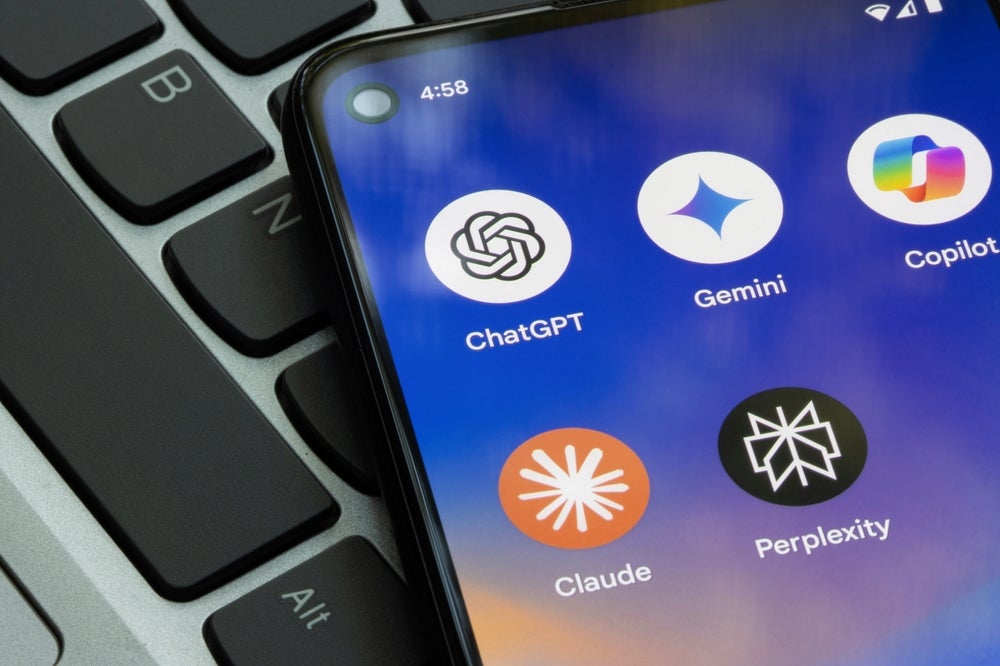While influencer marketing has been around for a long time, marketers are tapping into the value of influential, trusted third parties to share their brand stories in record numbers.
Clorox CMO Eric Reynolds said recently that influencer marketing and the amount of time the company’s brands spend on strategically thoughtful approaches to influencer by brand has shifted dramatically.
“It’s been a sea change in the last few years,” he said. “Clorox is a house of brands and there’s all kinds of influencer strategies and all kinds of different applications. But having other people tell our brand story as the first invitation, the first idea, is very powerful. The more we invest there it has returns and its suddenly influencing the rest of our marketing mix.”
Brands plan to increase spending on influencer marketing this year, according to a 2018 report from the World Federation of Advertisers. The goal is primarily to boost brand awareness (86 percent) reach targeted/new audiences (74 percent) and to improve brand advocacy (69 percent).
Brand marketers worry about a lot of things when putting their trust in influencers and spend time carefully vetting their choices. The quality of followers was cited as “absolutely essential” as were standards of transparency. But it doesn’t help when popular influencers like YouTuber Gabbie Hanna push out fake content. Hanna, who has 3.8 million Instagram followers, used Photoshop and footage from friends to appear as if she had attended the recent Coachella Valley Music and Arts Festival. She appeared in a post with pink hair and a mesh top looking happy, Mashable reported. She ultimately came clean to her followers, but left the message that influencer content is not always what it appears to be. Those types of stunts can affect the overall trustworthiness of other influencers’ content.
Josh Cole, CMO at Sky Zone, the indoor trampoline park and experiential entertainment company, uses influencers to engage its core audience 8-to-15 year olds.
One recent campaign to promote the purchase of 30-day passes was the “March Mania Shot Contest.” Three influencers were hired and contracted to each do three Instagram posts, 10 Instagram Stories and five YouTube videos (three paid and two organic). The message was to go to Sky Zone March 15th and 16th to enter the contest for a chance to win a 30-day Jump Pass. One of the influencers, Tristan Jass, AKA 2HYPE, posted this YouTube video.
The potential reach was 6.8 million and returned 164,000 engagements and 1.8 million year-to-date views.
Cole shares how his brand ensures a successful and authentic influencer program.
1. Thoroughly vet influencers to ensure the partner aligns with brand goals and beliefs.
2. Review all paid content prior to it being published to ensure brand messaging, and in Sky Zone’s case, park safety rules and regulations are being met.
3. Create a clear contract that outlines expectations ahead of time for both parties.
4. Abide by FTC Guidelines. Failure to properly disclose sponsored content can land both your brand and your influencer partner in hot water. Include this language in your contracts with influencers.



